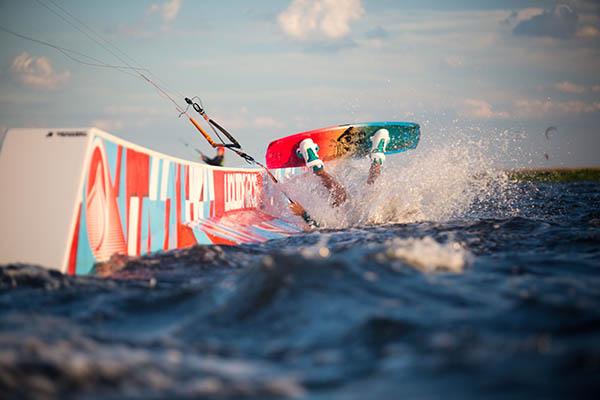Tomahawk Test
REAL has always strived to give you factual info about gear that we find out from testing. We want to tell our customers what works and what doesn’t work. Most importantly strive to tell you who a product is best suited for. Wading through the mire of manufacture descriptions, it is impossible to know what gear will be right for you. If we do our job right, you will read and watch our reviews and be able to clearly understand the differences of all the gear out there.
The Tomahawk Test is our way of taking REAL Reviews to the next level. We will try to get kites to fail and you will be able to see what happens when it all goes wrong. There is no better way to see how a kite will fail than tomahawking your kite from the top of the wind window down into the water as hard as you can. We want to crash our test kites so hard that you see flames flying off the back, and you hear the detonation of the kite hitting the water from a mile away.
The Tomahawk Test will not only test the durability of the kite, but it will also show the kite’s true colors. A lot of kites fly right when the wind is steady and the kite is in the hands of a good rider. When you smash the kite into the water as hard as you can and dive at it to slack the lines, well then things can change rapidly. We will put our test kites into the worst case scenario and report back the results.
This test should not be tried at home. Despite some beginner kiters doing this unwillingly, you really don’t want to put your new kite or your body through this type of wear and tear. We will do it so you don’t have to.
The Tomahawk test is the pinnacle of kite testing, we will undoubtably see kites fail this test. This is not normal kite abuse and we do not do this regularly while kiting. If you see a kite review you love but the Tomahawk test does not have a perfect score this does not mean you shouldn’t pick up the kite. Tomahawks are rare, its good to know how your kite will fare but this should not be a deal breaker when your building the quiver.

